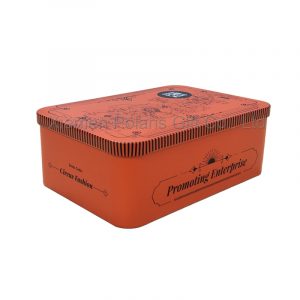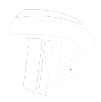(1) ink is required to have good adhesion and mechanical properties
As tinplate printing products are ultimately to be made into cans, toys, metal photo frames and barrels and cans of chemical products, they need to be cut, bent and stretched, so printing ink is required to have good adhesion and corresponding mechanical properties to tinplate. In order to improve the ink adhesion, the first step is to make a white base on the sheet before printing. White is the basic color of all pictures, with high lightness. After adding other high energy hues, the brightness of each hue can be improved to form a color scale.
(2) requirements for white ink
The surface of tinplate is silvery white (or yellow) and has metallic luster. Before printing color pictures and texts, the surface needs to be painted white or printed white. Due to the limitation of ink coverage, monochromator often needs to print white twice, and its whiteness can reach 75%. As an important quality index of tinplate printing products, whiteness requires that the white ink has a good binding force with the primer, and does not turn yellow after several high-temperature baking and high-temperature steaming. Applying primer to tinplate can increase the adhesion with tinplate and has good adhesion to white ink. The commonly used primer is epoxy amine type, which has the characteristics of light color, no yellowing and aging after baking for many times, good flexibility and impact resistance.
(3) requirements for color ink
The color ink for tinplate printing, in addition to a certain degree of water resistance, also needs to have its special requirements. As the surface of tinplate does not penetrate water and solvent, it needs to be baked and dried, so its ink should be heat curing type. It has a higher requirement on the coloring power and durability of pigments. In addition to the basic performance of general offset ink, iron printing ink should also have the characteristics of heat resistance, strong adhesion of ink film, impact resistance, hardness, cooking resistance and light resistance according to the characteristics of iron printing.



